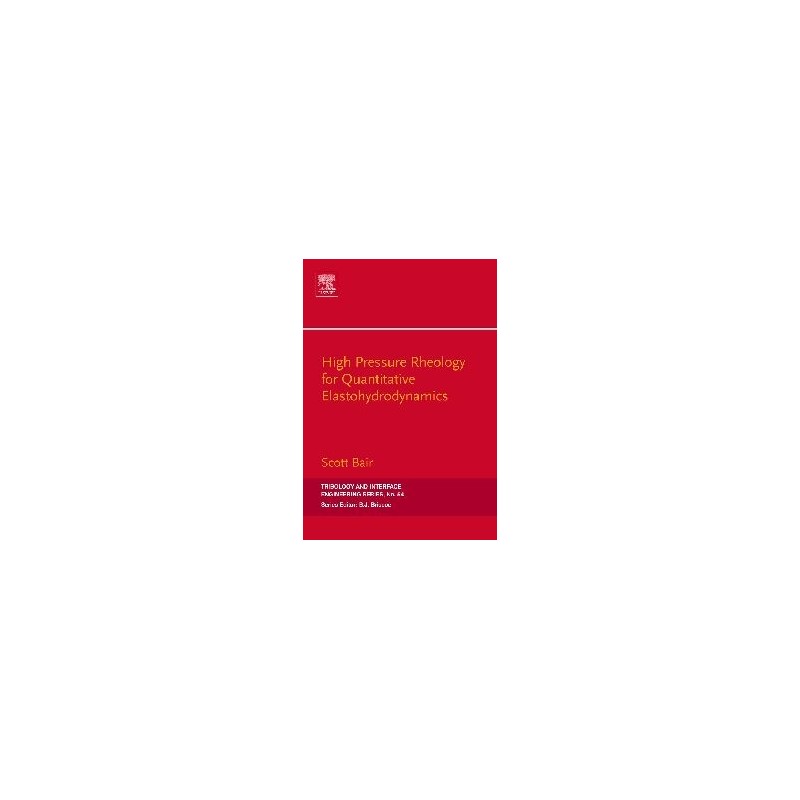- Obecnie brak na stanie



ZP120.120.60UUJH TM ABS - Obudowa hermetyczna ZP120.120.60 jasna z uszami z uszczelką i tulejkami mosiężnymi ABS
Brak towaru
Przewód sieciowy Ethernet ekranowany FTP kategorii 5E zakończony wtykami RJ45. Lanberg PCF5-10CC-0150-O
Brak towaru
Brak towaru
Brak towaru
Akumulator Li-Po 3,7V/320mAh, zabeczpieczenie PCM, konektor+gniazdo 2,5 JST-RCY (BEC), 2 piny, długość przewodu 150mm, wymiary: 40 x 30 x 3mm, waga: 9g
Brak towaru
9.7:1 Metal Gearmotor 25Dx48L mm with 48 CPR Encoder
Brak towaru
Wyświetlacz LCD graficzny 128x64, NEGATIVE BLUE, LED backlight (white), enhanced temperature range, PCB 93x70mm, RoHS
Brak towaru
Brak towaru
Brak towaru
Zestaw uruchomieniowy z mikrokontrolerem AVR ATtiny2313
Brak towaru
Przenośna lutownica kolbowa o mocy 65 W, ma regulowaną temperaturę pracy w zakresie od 100°C do 400°C. Może być zasilana przy pomocy zasilacza 12-24 V lub akumulatora ze złączem XT60. W zestawie lutownica oraz grot D24. LUT0099
Brak towaru
Niewielkich rozmiarów silnik firmy Pololu z enkoderem 48 CPR, kompatybilny z przekładniami 25D mm, standardowym napięciem pracy 12 V i prędkością 5600 rpm. Pololu 3260
Brak towaru
STRACH NA KOMARY - ZESTAW DO SAMODZIELNEGO MONTAŻU
Brak towaru
Brak towaru
Gravity: UART A6 GSM & GPRS Module to płytka z modułem GSM/GPRS zasilana napięciem 5V. Umożliwia wysyłanie wiadomości tekstowych, realizację rozmów głosowych oraz transmisję danych. DFRobot TEL0113
Brak towaru
Brak towaru

